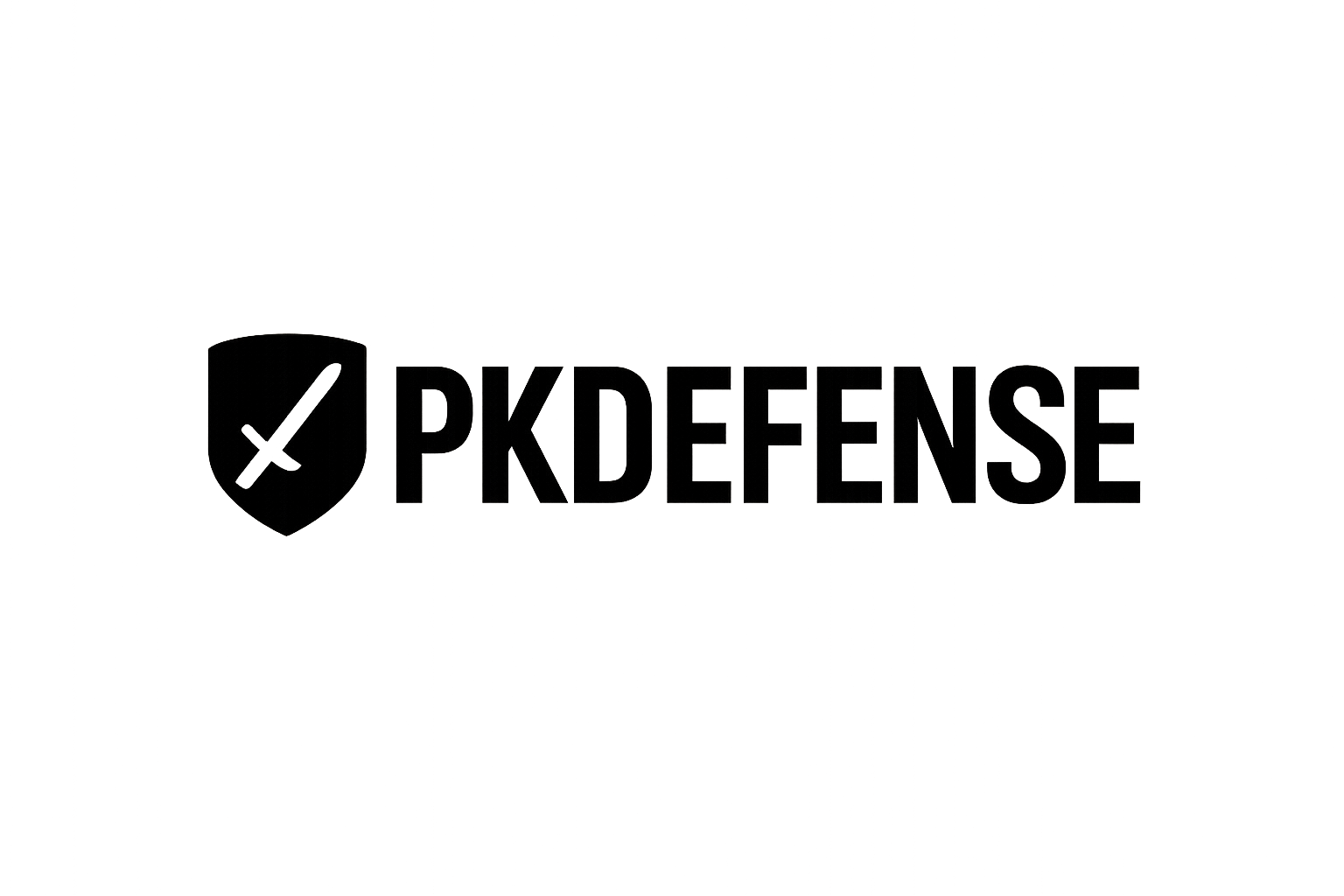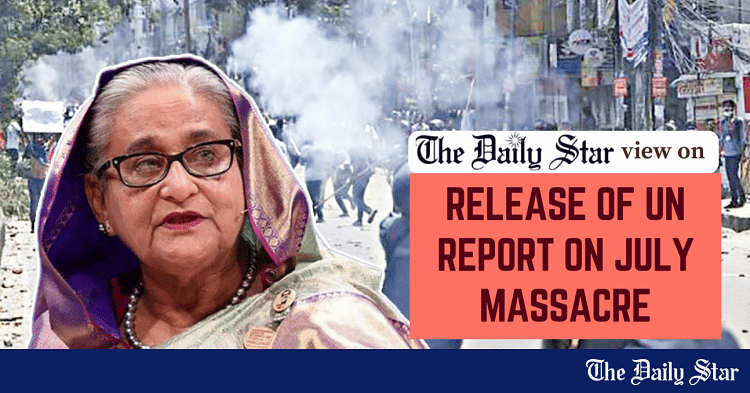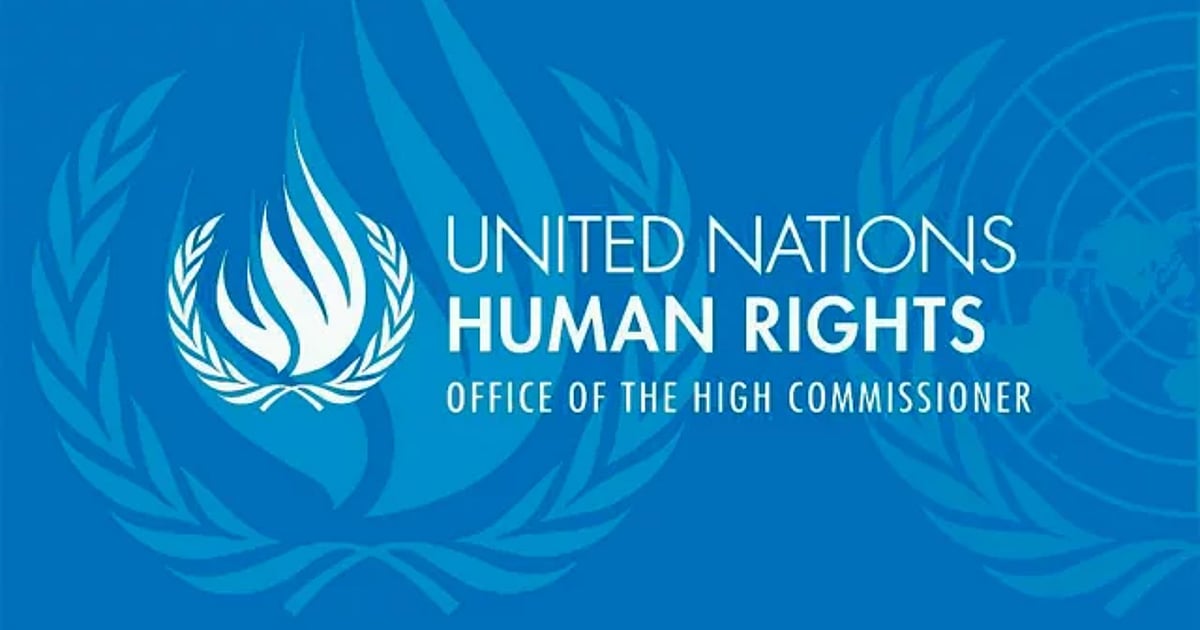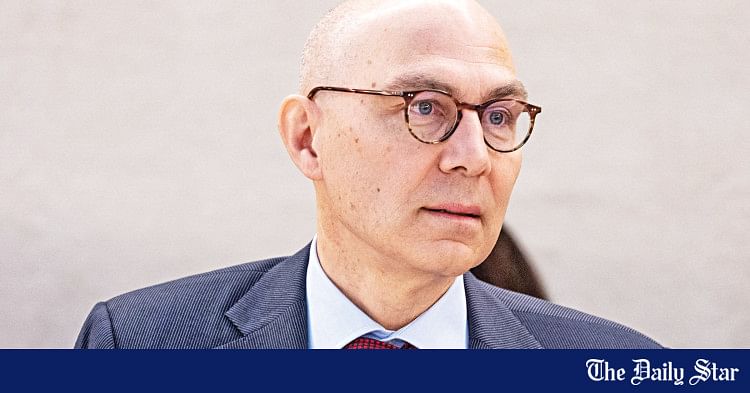ENFORCED DISAPPEARANCE: Commission searches for victims in Indian jails
Staff Correspondent 04 March, 2025, 15:04
Commission of Inquiry on Enforce Disappearance member Nur Khan addresses a press conference at the commission office at Gulshan in Dhaka on Tuesday. | Focus Bangla photo
330 still missing, Aynaghar found in Bogura Police Lines
The Commission of Inquiry on Enforce Disappearance on Tuesday said that their investigation was underway to know whether there was any victim of enforced disappearance in the list of 1,067 Bangladeshis detained in Indian jails in the past two and a half years.
The commission received the list containing the detained people’s names and addresses from Bangladesh’s foreign ministry.
‘The ministry has informed the commission in writing that if they get more information, they will provide us with them. The investigation is going on to know whether there is any name of enforced disappearance victims there,’ said Moyeenul, addressing a press conference held at the commission’s office in the capital’s Gulshan area.
There are two highly publicised cases that provide valuable insights into how such operations were carried out – the case of Shukhranjan Bali, who was abducted from Bangladesh Supreme Court premises and was found later in an Indian jail, and that of the Bangladesh Nationalist Party leader Salahuddin Ahmed, said the commission in its first preliminary report submitted to chief adviser Professor Muhammad Yunus on December 14.
The commission was formed on September 15, 2024, five weeks after the Professor Muhammad Yunus-led interim government assumed power on August 8, 2024, three days after the fall of the Sheikh Hasina-led Awami League regime on August 5, 2024 amid a student-led mass uprising.
The commission received 1,752 allegations of enforced disappearances that occurred during the AL regime between January 6, 2009 and August 5, 2024, said Justice Moyeenul.
He said that 1,000 of the allegations and attached papers were primarily scrutinised.
He said that the commission had already recorded statements from 280 complainants and 45 members of law enforcement and intelligence agencies.
He also said that 330 enforced disappearance victims were still missing.
Asked about the chance of their return, the commission chief said that the chance of their return was ‘low’.
He said that they, from the superintendents of police of the bordering districts and the Border Guard Bangladesh sector commanders, came to know that a total of 140 Bangladeshis were pushed into Bangladesh from the Indian side since August 5, 2024.
‘The Police and the BGB are investigating the incidents to get the complete information,’ he said.
He, however, referring to the findings of the primary investigation, said that the 140 people, pushed into Bangladesh, included none of the enforced disappearance victims.
‘But, the commission came to know that enforced disappearance victim Mohammad Rahmat Ullah, a resident of Dhamrai, was pushed into Bangladesh through the Gomastapur border in Chapainawabganj on December 22, 2024. The commission’s investigation is underway over the issue,’ said Moyeenul.
The name of Rahmat Ullah is not among the 140 Bangladeshis pushed into Bangladesh from the Indian side, a commission member told New Age.
Moyeenul told the press conference that the commission was inquiring about the members of law enforcement and intelligence agencies who had been facing allegations of their involvement in disappearing citizens forcefully.
‘Some people are expressing their concern that the entire force is panicked for the involvement of a section of the force members in enforced disappearance,’ said the commission chair in an oblique reference to the Chief of Army Staff General Waker Uz Zaman’s February 25 remarks saying that the members of the police, the Rapid Action Battalion, the Border Guard Bangladesh, the Directorate General of Forces Intelligence and the National security Force were panicked.
The commission chief, however, urged all members of the forces not to be panicked as the involvement of an individual or individuals in the forces in the incidents of enforced disappearances was their personal criminal liability.
Referring to the commission’s visit to the secret detention centers, he said that they had found the structures of the RAB headquarters’ Taskforce for Interrogation and the Directorate General of Forces Intelligence’s Joint Interrogation Cell, popularly known as Aynaghar, had been changed.
Commission member Noor Khan Liton said that they had also found secret detention centres in Bogura Police Lines where detainees were tortured.
According to the commission, they had found secret detention centres in several districts including Dhaka, Bogura, Rajshahi, Narayanganj, Chattogram and other districts of the agencies like the DGFI, the Counter Terrorism and Transitional Crime and the RAB.
The commission asked the authorities not to make any change in the structures of the secret detention centres.
On December 14, 2024, the Commission of Inquiry on Enforced Disappearance in its first interim report submitted to the interim government found prima facie involvement of the deposed prime minister Sheikh Hasina and some high-ranking officials of her government and security forces in enforced disappearances.
The commission also found prima facie involvement of Indian authorities in the incidents of enforced disappearance in Bangladesh.
The commission chairman said that they would identify prima facie involvement of individuals in enforced disappearance and its conclusion would be decided by the International Crimes Tribunal.
Commission members Nabila Idris and Sazzad Hossain, among others, were present at the press conference.














































